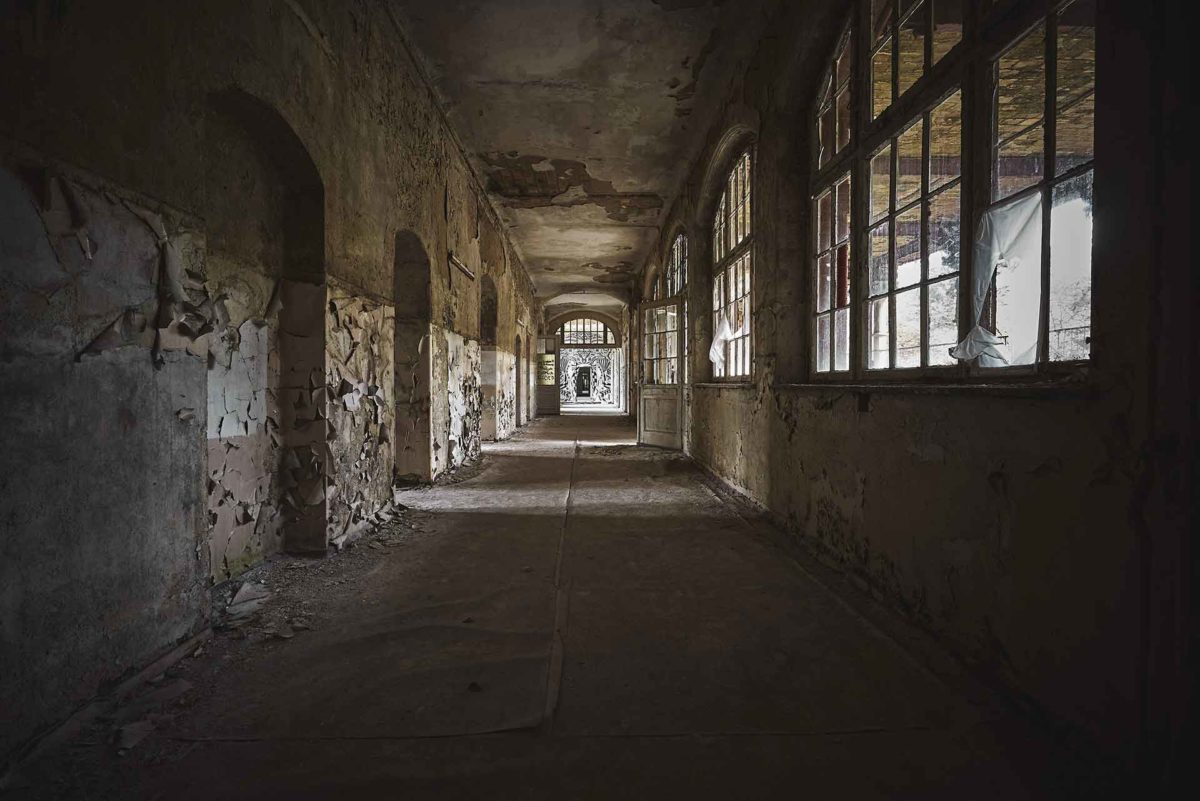Before you purchase a piece of history, it is important to understand the implications of owning a listed property. As specialists in structural surveys, renovation and structural alteration projects, RWA Consultants want to help you to make informed decisions.
What is Listed Status?
Listed status applies to buildings which have been identified as being of special architectural or historic interest. They are sufficiently impressive to be deemed worth protecting as part of our national heritage. The three designations of listed status are;
Grade I listed – Exceptional interest
Grade II* listed – Particular importance
Grade II listed – Special architectural or historical interest
Listed buildings come in all sizes and designs; small cottages to stately homes, offices to cathedrals. Some date back centuries, whilst others are prime examples of modern architectural styles. There are 113 listed buildings in Wendover, where RWA Consulting is located.
The Town and Country Planning Act
In 1947, a decision was made to list all buildings that should be protected from demolition in post-war redevelopment. This Town and Country Planning Act was the start of the listing process. In 1980, a resurvey of listed buildings was commissioned. This decision was driven by the demolition of Brentford’s Firestone Factory; an archetypal Art Deco structure.
The resurvey was more inclusive, with many modern structures added to the list. Since then, the Grade I, Grade II and Grade II* classifications have been used as a tool in planning decisions. They aim to conserve the original fabric and features of heritage buildings during renovation and redevelopment.
Ownership of Listed Buildings
The character offered by historic properties and great architectural design is desirable, but are you prepared for the responsibility?
Unlike other properties, listed buildings are essentially looked after by the Planning system. Any changes to the interior or exterior of the building have to gain planning approval. This includes replacing windows, resolving structural problems, repointing brickwork or addressing damp. All of these are common home improvements in older properties.
When permission is granted, it is unlikely that you can call on your local builder to keep the property in top condition. Be prepared to pay for planning permission, along with the higher repair costs of specialist trades and materials for any works undertaken.
Many historic residential properties are not listed, but they may be located in conservation areas. In these cases, there are constraints on what can be changed, but these are less restrictive. Heritage construction consultancy and a full structural survey are still advisable if you are planning a purchase or undertaking works.
Structural Surveys – You may also be interested in
- Civil Engineers Providing Soft and Hard Engineering Solutions for Developers
- Five Advantages of Steel Structure Design
- Cracks in the Wall – Do I need a Structural Survey?
Specialist Structural Engineering Services
To gain a detailed understanding of what you are taking on, your building survey should be carried out by a structural engineer. Ideally, they will specialise in heritage properties.
There are several types of survey, but a full structural survey will report on any issues that need to be addressed. These will be classified as a matter of urgency or advisable action. Part of the condition report will advise on general maintenance that reduces the need for costly repairs.
Unauthorised Renovations
Before the listed classifications and resurvey, many buildings were ‘upgraded’ and altered without restriction. More recently owners may have made changes without planning permission. Before you purchase a listed building, your legal professional can check if previous work has been authorised.
If unauthorised, it is deemed a criminal offence and enforcement notices can be served. As a result, any changes may have to be reversed, which could push your purchase beyond your budget.
Repair over Replacement in Listed Buildings
When it comes to planning approval, the principles of conservation inform decisions. The repair of original features is favoured over replacement. Nothing should be unnecessarily removed or altered and when items are removed, they should be correctly labelled, stored and reinstated.
Specialist structural engineering consultancy support planning applications, as well as building regulations approvals. With knowledge of architectural styles and historic buildings, they can specify authentic designs, materials and construction which are in keeping with original techniques. These conservation professionals can also be engaged to oversee works when approval is granted.
Change of Use, Extension and Alteration of Listed Buildings
There are approximately 500,000 listed buildings in the UK. Many of these are situated in prime city locations. Listed status means that they are protected from demolition, but is it possible to change the use?
Local communities may campaign to retain the original use. Unfortunately, this means that many architectural gems are left in a state of disrepair. Brighton’s Hippodrome is one such example.
Planning permission and building regulations approval are required for change of use in any property. Limitations and conditions apply and the restrictions can make it difficult to convert or alter listed buildings, however qualified and suitably experienced structural engineers can help to guide the process from the start; reassuring planning authorities that the correct principles have been applied, demonstrating that the alterations have been sufficiently thought through and overseeing works which are underway.
Based in Buckinghamshire and working across the South East, RWA Consulting offers a range of structural engineering services. Contact us on 01296 624924 to enquire about survey costs and to arrange structural surveys for listed or heritage buildings.

